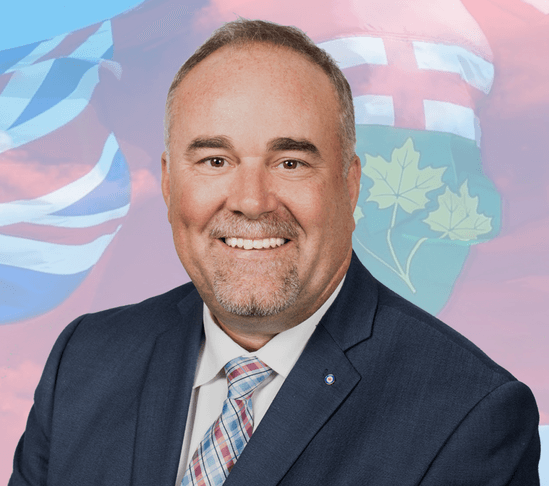Ontario Celebrates Indigenous Leadership in Clean Energy Storage
Majority of successful projects include 50 per cent Indigenous ownership
The Voice of Canada – The Ontario government and the Independent Electricity System Operator (IESO) have released the detailed results of the province’s first competitive procurement for new reliable, affordable and clean electricity storage and generation. The Expedited Long-Term Request for Proposals (E-LT1) procurement acquired a total of 880 megawatts (MW) of energy storage, with nine of the fifteen previously announced storage projects having at least 50 per cent Indigenous ownership.
“Our government is building the electricity generation and storage projects we need to power economic growth and electrification, including the largest energy storage procurement in Canada’s history,” said Todd Smith, Minister of Energy. “I’m proud that more than half of the energy storage projects selected have at least 50 per cent indigenous ownership, creating new opportunities for local communities while continuing on the province’s path to advance meaningful reconciliation.”
The procurement was launched in October 2022, and results were announced in two phases, with the first announced in May 2023, and the second phase in June 2023. Successful projects included ownership from Six Nations of the Grand River, Walpole Island First Nation, MoCreebec Eeyoud, Caldwell First Nation and Mississaugas of Scugog Island First Nation.
These fifteen energy storage facilities will support the operation of Ontario’s clean electricity grid by drawing and storing electricity when power demand is low and intermittent renewable generation is high, and returning the power to the system at times of higher electricity demand, which will benefit the grid.
Significant partnerships with Indigenous communities complement Ontario’s recent agreement for the 250 MW Oneida Energy Storage Facility. These projects are scheduled to be operational in 2026, at which time Ontario will have Canada’s three largest battery projects, located in Hagersville (285 MW), Jarvis (250 MW), and Napanee (250 MW). The current set of procurements for 4,000 MW of new capacity are expected to conclude by June 2024.
“Through our ongoing dialogue, Indigenous communities have expressed a strong desire to be key contributors in the energy transition taking place in our province,” said Lesley Gallinger, President and CEO of IESO. “This procurement of storage facilities marks a significant step forward for Indigenous economic participation in the electricity sector. We look forward to continuing to build these relationships in the future.”
The E-LT1 procurement and the Same Technology Upgrades procurement acquired a combined 580 MW of expansions and upgrades at existing natural gas facilities, providing a cost-effective and timely solution to Ontario’s immediate reliability needs.
“High levels of Indigenous participation in this exciting initiative for the energy sector is an excellent example of Indigenous partners playing a key role in economic development that promotes prosperity and creates a better future for communities,” said Greg Rickford, Minister of Indigenous Affairs. “Through these clean energy storage projects, Indigenous partners are an important part of Ontario’s energy transformation.”
Building out Ontario’s clean electricity grid also supports multiple government priorities including delivering reliable, affordable and clean electricity to power economic development, Ontario’s Critical Minerals Strategy, as well as electrification initiatives such as Algoma Steel’s transition to electric arc furnaces. This procurement also progresses the government’s work to build out Ontario’s clean electricity grid which is being advanced through the Powering Ontario’s Growth plan.
Quick Facts
- As Ontario becomes a leader in the batteries of the future by connecting resources and workers in northern and southern Ontario, the procurement of a targeted 2,500 MW of clean energy storage represents the largest battery procurement in Canada’s history.
- In July, Ontario released Powering Ontario’s Growth, the government’s plan to meet rising electricity demand driven by economic growth, electrification and a growing population.







